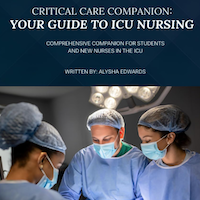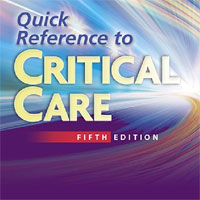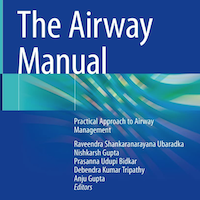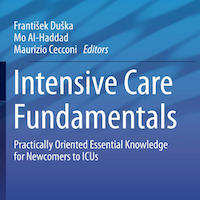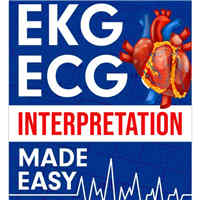
Acute kidney injury common in children, young adults in ICU
Among children and young adults admitted to intensive care, as many as 1 in 4 may have acute kidney injury and 1 in 10 may have severe acute kidney injury. Acute kidney injury is common in children and young adults admitted... read more
A Pilot Study of Eye-Tracking Devices in ICU
Eye-tracking devices have been suggested as a means of improving communication and psychosocial status among patients in the intensive care unit (ICU). This study was undertaken to explore the psychosocial impact and communication... read more

The Next Generation of Doctors May be Learning Bad Habits at Teaching Hospitals with Many Safety Violations
Teaching hospitals like Jackson South, located in metro Miami, are where physician trainees get practice treating patients. They prepare the next generation of doctors, and they have a reputation as places of cutting-edge... read more
Words that Heal: ICU Journals at Penn Help Patients and Staff
After years of planning, Penn Presbyterian began offering the journals in January to help prevent post-intensive care syndrome or PICS, a set of physical and emotional problems gaining attention as more people survive an... read more

Fluid Bolus Over 15-20 Versus 5-10 Minutes Each in the First Hour of Resuscitation in Children With Septic Shock
Children receiving fluid boluses over 5–10 minutes each had a higher risk of intubation than those receiving boluses over 15–20 minutes each. Notwithstanding the lack of difference in risk of mortality and the possibility... read more
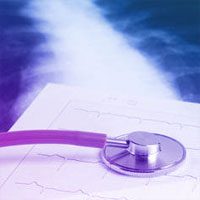
Airway Pressure-time Curve Profile Detects Tidal Recruitment/Hyperinflation
Airway pressure-time curve profile (stress index) detects tidal recruitment/hyperinflation in experimental acute lung injury. Shape of the Paw-t curve detects tidal recruitment and tidal hyperinflation. Pulmonary computed... read more

Epidemiology of Sepsis in Turkish ICUs
The prevalence and mortality of sepsis are largely unknown in Turkey, a country with high antibiotic resistance. A national, multicenter, point-prevalence study was conducted to determine the prevalence, causative microorganisms,... read more

Cystic Fibrosis Transmembrane Conductance Regulator Potentiation as a Therapeutic Strategy for Pulmonary Edema
Cystic fibrosis transmembrane conductance regulator potentiation by ivacaftor is a novel therapeutic approach for pulmonary edema. Ivacaftor significantly improved alveolar liquid clearance in isolated pig lung lobes ex vivo... read more

Novel Oral Anticoagulants and Trauma
The number of anticoagulated trauma patients is increasing. Trauma patients on warfarin have been found to have poor outcomes, particularly after intracranial hemorrhage (ICH). However, the effect of novel oral anticoagulants... read more
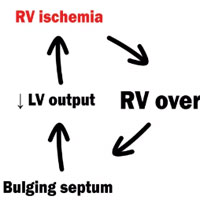
Resuscitation of Pulmonary Hypertension and RV Failure
A guide to the initial emergency department management of patients with pulmonary hypertension and right ventricular failure. It is very rare for my to write about pathophysiology, but understanding the pathophysiology of... read more
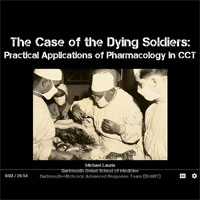
The Case of the Dying Soldiers: Practical Applications of Pharmacology Concepts in Critical Care
Pharmacokinetics and pharmacodynamics are very important when it comes to treating critically ill or critically injured patients. However, when we teach this topic we usually present things using complex equations and explanations... read more
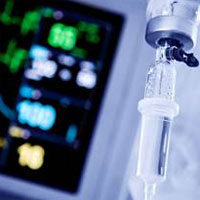
Delirium in ICU Prevented With Nocturnal Administration of Dexmedetomidine
Low-dose dexmedetomidine administered at night to critically ill adults reduced the incidence of delirium during intensive care unit (ICU) stays and patient-reported sleep quality remained unchanged, according to a study... read more
Weaning from the Ventilator and Extubation in ICU
Current research is focusing on preventing extubation failure, especially in the most challenging cases. The use of weaning protocols – written or computerized – attempts to early identify patients who are able to breathe... read more
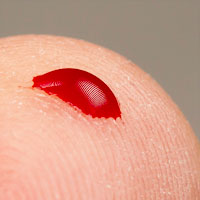
Diagnosis of Sepsis from a Drop of Blood by Measurement of Spontaneous Neutrophil Motility in a Microfluidic Assay
Current methods for the diagnosis of sepsis have insufficient precision, causing regular misdiagnoses. Microbiological tests can help to diagnose sepsis, but are usually too slow to have an impact on timely clinical decision-making.... read more
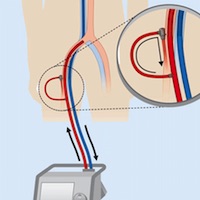
Left Ventricular Unloading During Veno-Arterial ECMO
Veno-arterial extracorporeal membrane oxygenation (VA ECMO) is widely used in cardiogenic shock. It provides systemic perfusion, but left ventricular (LV) unloading is suboptimal. Using a closed-loop, real-time computer model... read more

Excess dietary zinc worsens Clostridium difficile infection
The consumption of dietary supplements and cold therapies containing high concentrations of zinc is now being called into question, following research that suggests it may worsen Clostridium difficile infection. The findings... read more
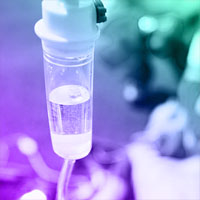
The Use of Bolus-Dose Vasopressors in the Emergency Department
While bolus-dose vasopressors are commonly used in critical care medicine and anesthesiology to treat patients with hypoperfusion, its application in emergency medicine is minimal with little penetration into daily care.... read more


